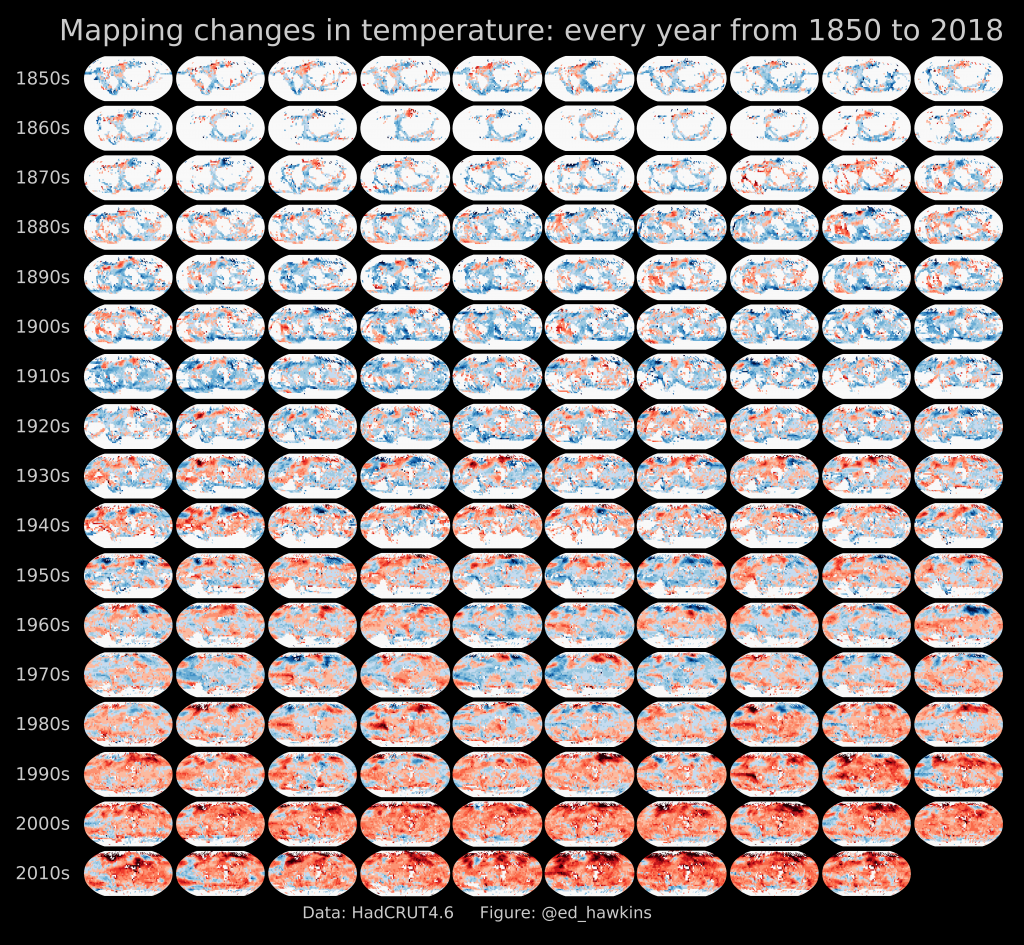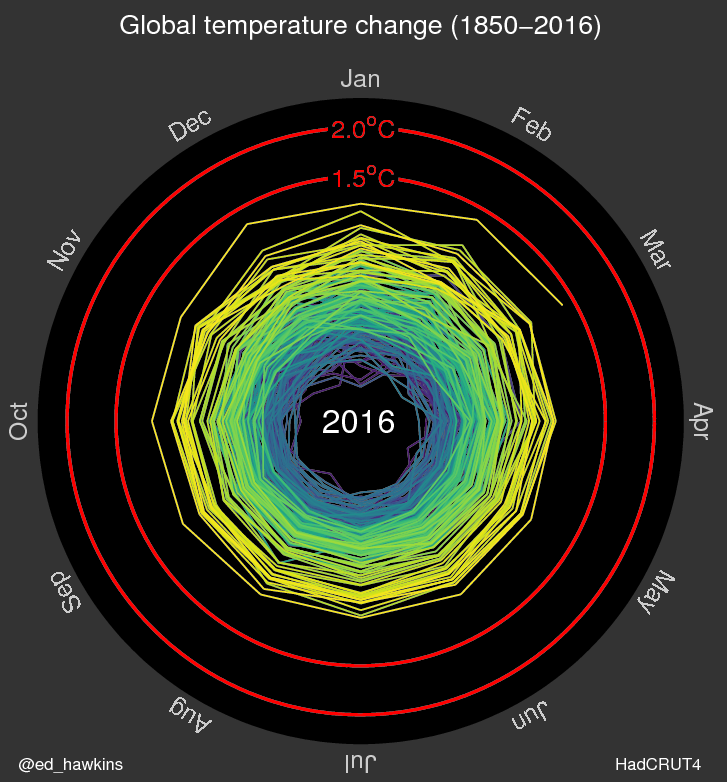The UN Paris Agreement on climate change aims to ensure increases in global temperature are less than 2°C above ‘pre-industrial’ levels, with an aspirational 1.5°C limit. However, the ‘starting line’ of the pre-industrial era is not defined by the UN agreements, or by the Intergovernmental Panel on Climate Change (IPCC).
A new analysis by an international team of researchers aims to better define the pre-industrial baseline, informing the world’s decision makers on the required limits to greenhouse gas emissions needed to meet the terms of the Paris agreement. The study concludes that 2015 was likely the first time in recorded history that global temperatures were more than 1°C above pre-industrial levels. Continue reading Defining ‘pre-industrial’


